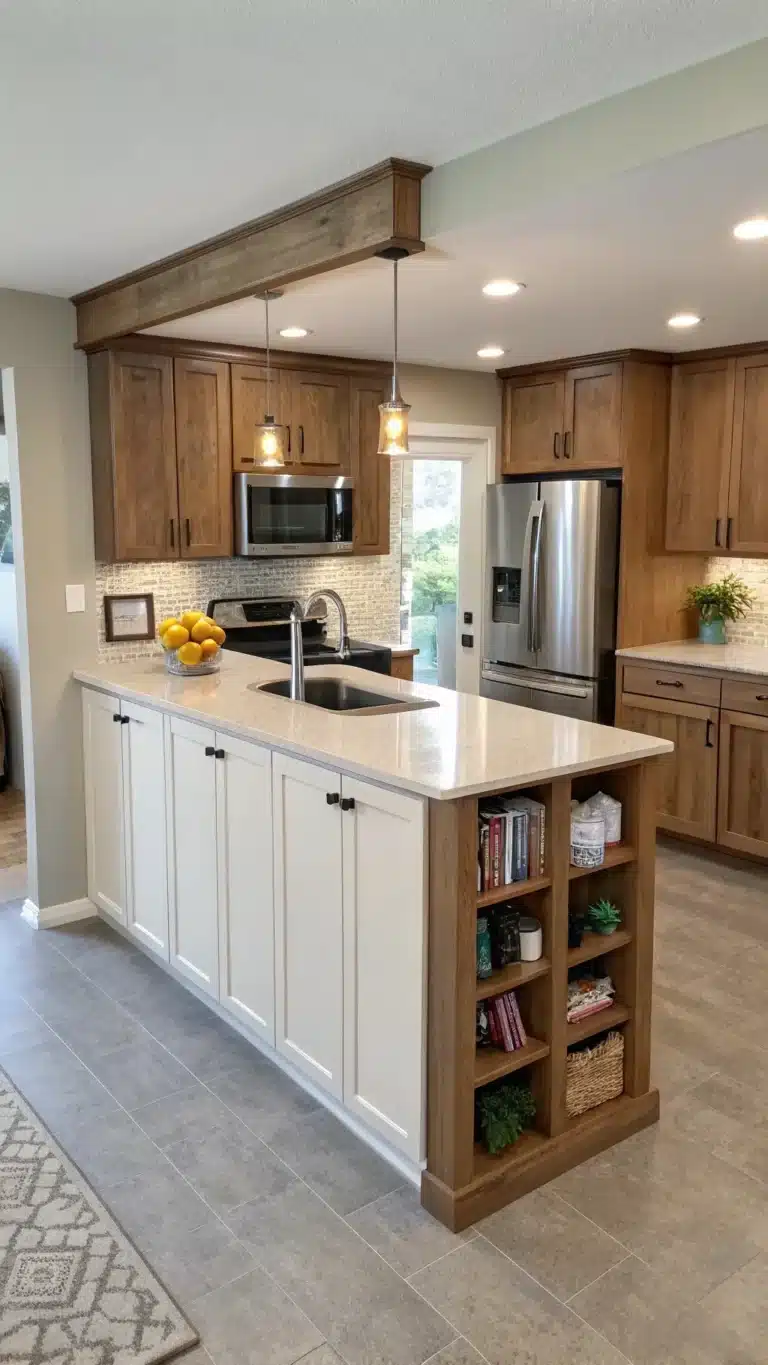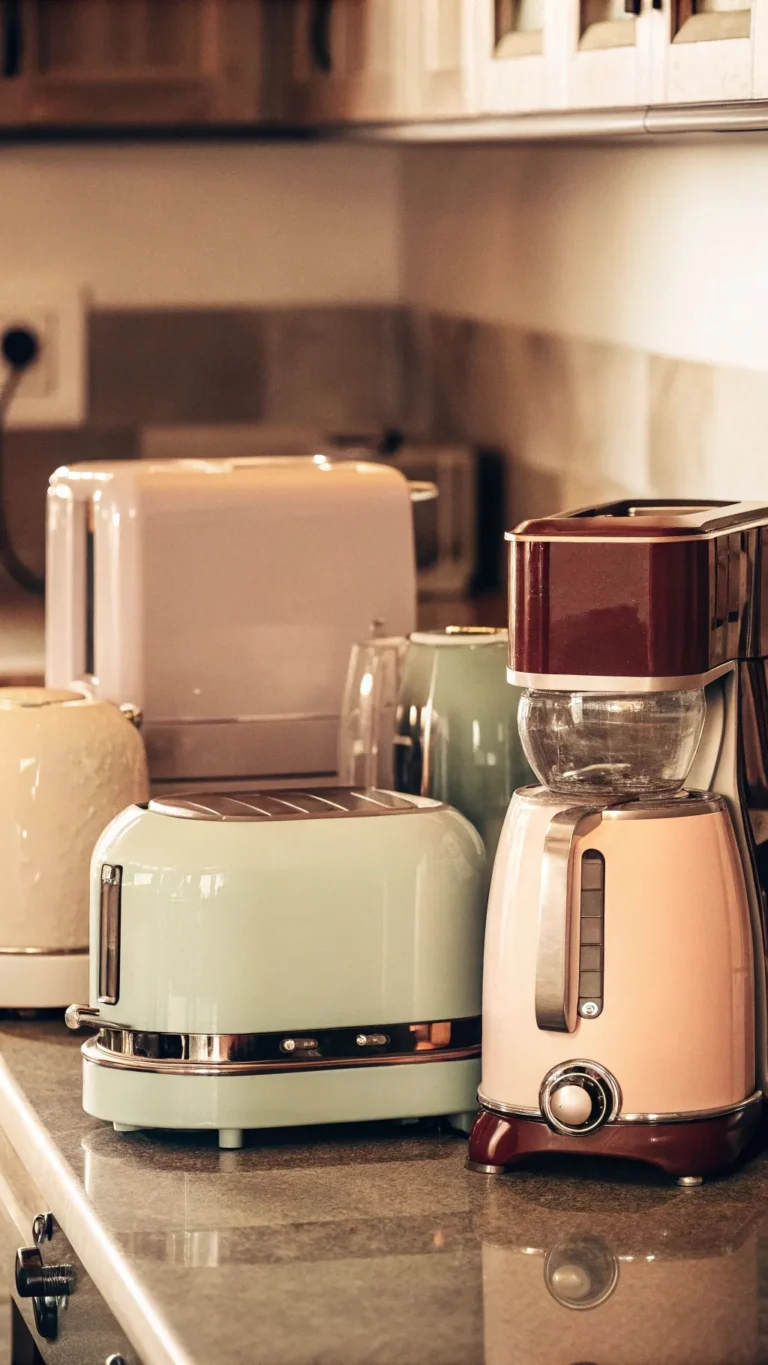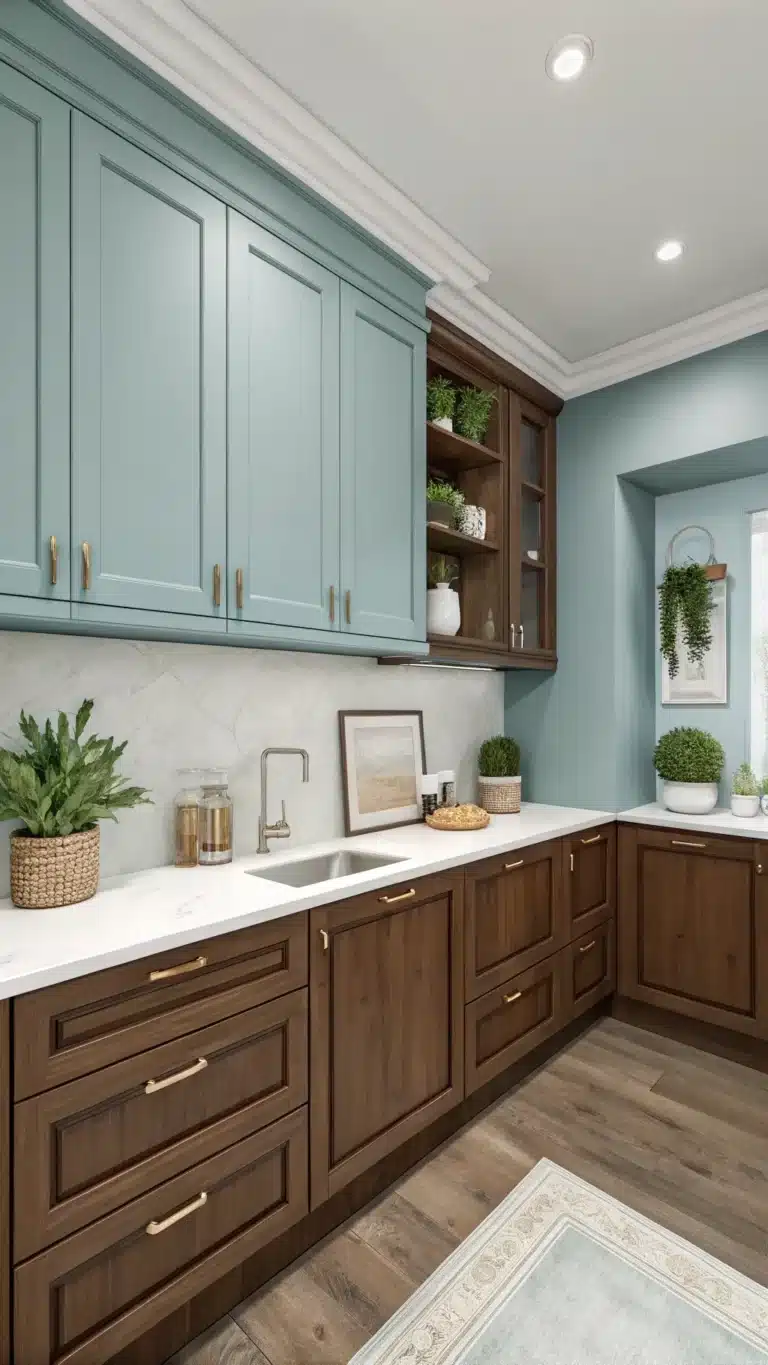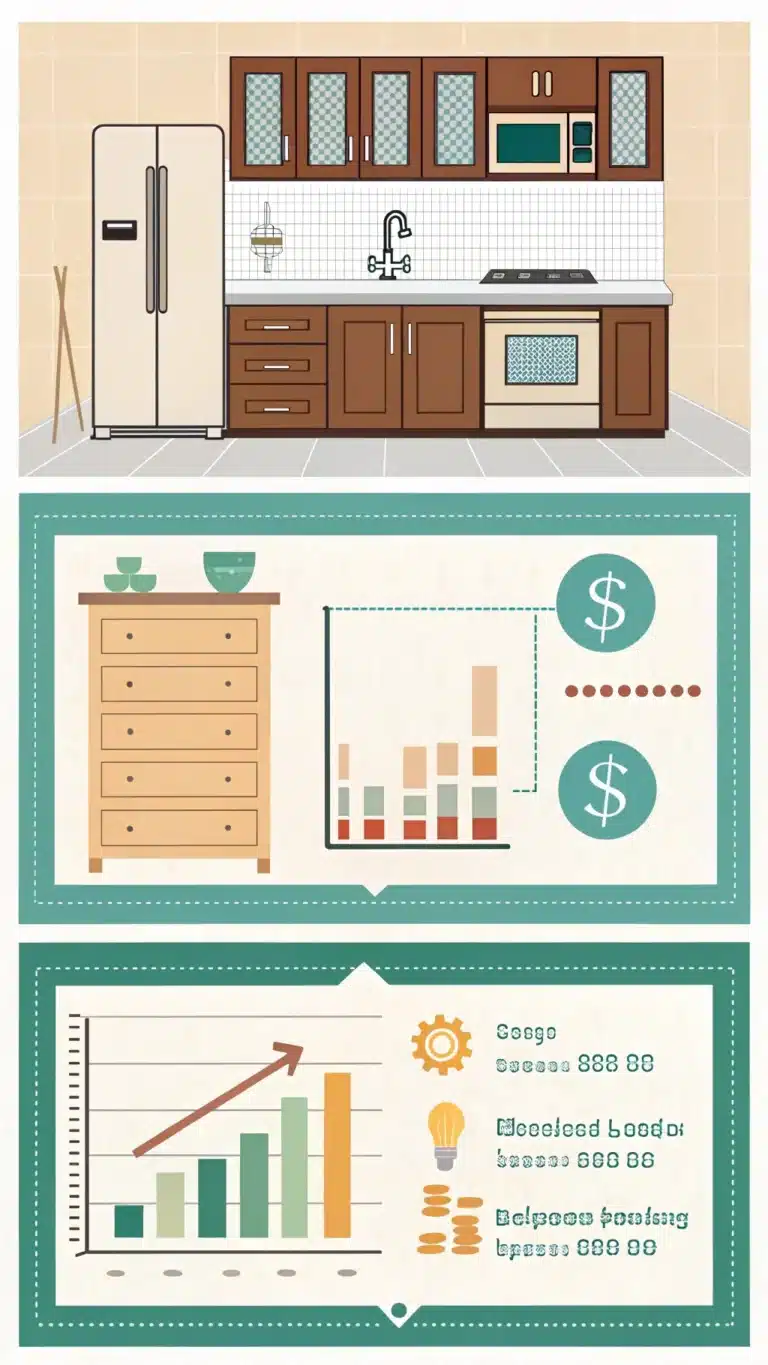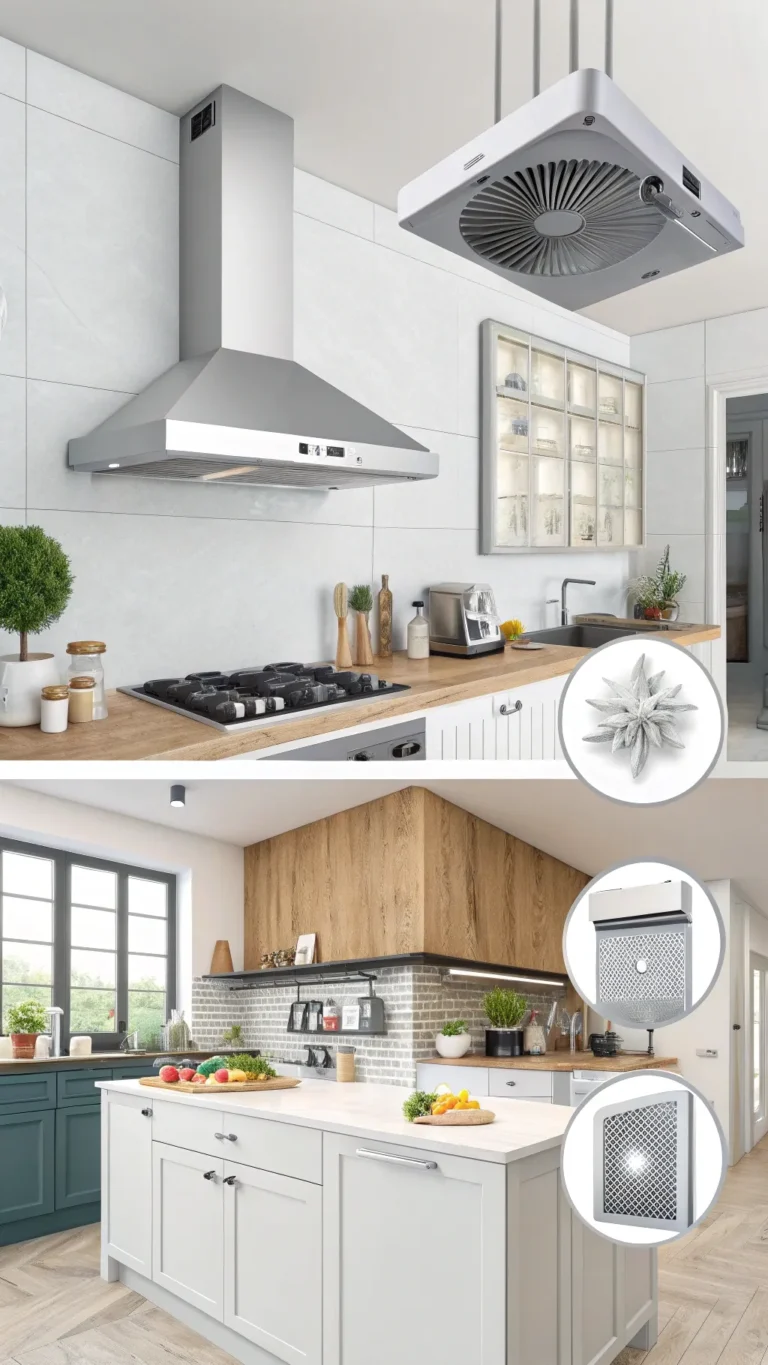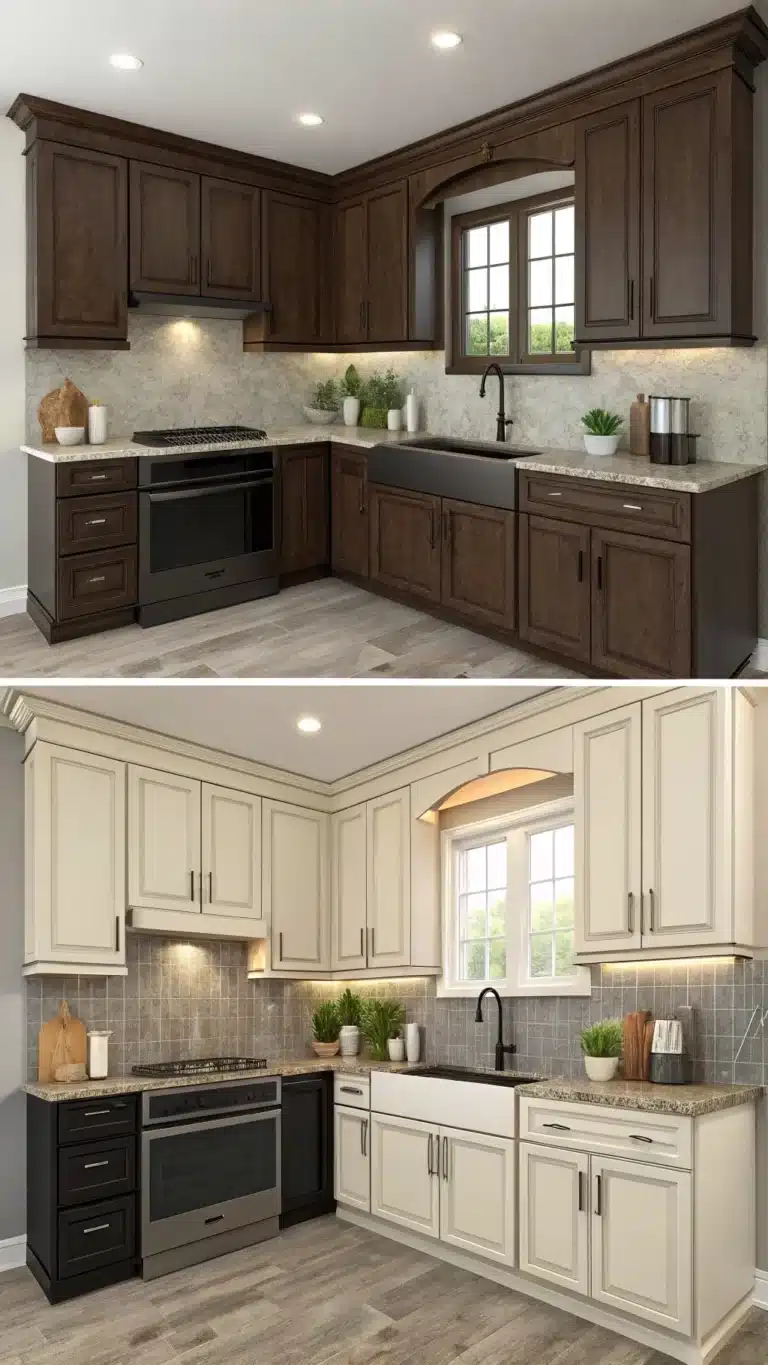A cramped pantry can make cooking stressful and frustrating. You open the door hoping to grab a snack or ingredient but are met with a chaotic mess. Finding anything becomes a treasure hunt. Shelves are packed, spills stain the floor, and expired cans lurk in the back. Many fight this daily struggle in small kitchens.
Small kitchen pantry organization demands special strategies. Space is limited, so every inch counts. Yet, sorting through clutter can feel overwhelming. This guide offers a clear path for anyone wanting to transform their tiny pantry into a tidy, functional space in 2025.
You will move step by step from emptying the shelves to choosing the best tools. Along the way, discover how to zone your pantry, maximize vertical space, and maintain order over time. Practical tips, storage ideas, and the latest trends in kitchen organization await.
No more wasted time or food. Instead, enjoy a pantry that works hard for you.
Clean Out and Assess Your Pantry – The First Step
Start by completely emptying your pantry. Take everything out, shelves too. This lets you see what you have and frees up the space to clean properly.
Next, clean each shelf. Use warm, soapy water to scrub away sticky spots and crumbs. A clean pantry feels fresh and lets you spot any issues like mold or pests.
Check all expiration dates. Toss out anything expired or stale. Safety first!
Group similar items together. For example:
– Baking supplies (flour, sugar)
– Snacks (chips, nuts)
– Canned goods (vegetables, soups)
– Pasta and grains
– Spices and herbs
Decide what to keep, donate, or throw away. If you have lots of duplicates, consider donating unopened goods to local food banks.
Measure your pantry shelves carefully. Record depth, width, and height. Note which shelves can be adjusted. Look for vertical space above or below shelves.
Don’t forget the pantry door. It often holds potential space for storage.
Try this: Print a decluttering checklist to track tasks. Group items with bins or colored bags for easier sorting.
Studies show organized spaces reduce stress (Journal of Environmental Psychology, 2023). So this first step plays an important role.
By taking your pantry completely apart and knowing your space, you set the stage for success.
Keywords: pantry decluttering tips, small pantry cleanout, assessing pantry space.
Make a Plan: Zoning and Maximizing Space
Poor planning wastes money and effort. A clear plan helps you create a pantry layout that works for your habits.
Pantry zoning means assigning specific areas for each food category. Common zones include:
– Breakfast (cereals, coffee)
– Baking supplies
– Snacks
– Dinner ingredients (rice, pasta)
– Canned goods
– Spices and herbs
Place frequently used items at eye level. Less used or bulk goods go on higher or lower shelves. This way, you find daily items quickly.
Think vertically. Use stackable containers or shelf risers to add more layers on a single shelf. Vertical pantry storage creates room without expanding footprint.
The pantry door is another great place to store small items. Over-the-door racks or DIY organizers hold spices, wraps, or small jars.
Deep shelves cause items to get lost in the back. Prevent this by using pull-out trays or lazy Susans (turntables) to spin the contents into view.
Draw a simple pantry plan on paper. Sketch the shelves and zones. Measure containers you already have to ensure fit.
Recipe guru Ina Garten once said, “Have a place for everything, and keep everything in its place.” Zoning embodies this wisdom.
For help, see this guide on Kitchen Zoning and Layout.
Keywords: maximizing small pantry space, small pantry layout, pantry zoning.
12 Small Pantry Storage Ideas That Work
A small kitchen pantry shows faster results with physical tools. These clever storage ideas create order and free space.
Clear, Airtight Containers
Ideal for dry goods like rice and pasta. Seeing contents saves time. Airtight lids keep freshness. Stackable sets make stacking easy.Stackable Bins and Baskets
Great for grouping snacks or produce. Wire baskets offer visibility; fabric ones soften the look.Shelf Risers and Expanders
Insert risers to double shelf height. Perfect for canned goods or small jars.Lazy Susans (Turntables)
Spin to reach oils, sauces, or spices stored in corners or on deep shelves.Over-the-Door Organizers
Holds spices, wraps, or small packs using unused door space.Pull-Out Drawers or Baskets
Make deep shelves accessible. Slide out to find what’s hiding behind.Tiered Shelving
Elevate spices or canned goods so labels face forward.Magnetic Strips
Stick metal spice jars or small tools on fridge sides or pantry walls.Command Hooks and Adhesive Hooks
Hang bags, aprons, or measuring spoons anywhere.Magazine Holders
Store foil, parchment paper, or cutting boards vertically.Under-Shelf Baskets
Slide under shelves to add extra storage layers.Can Organizers and Dispensers
Keep cans stacked and rotate older items forward to reduce waste.
See images at home goods stores or online to find styles fitting your pantry.
These ideas fit together like puzzle pieces. Mix and match for a system that suits you.
Keywords: small pantry storage ideas, best pantry organizers for small spaces, vertical pantry storage.
For options, check out Best Kitchen Pantry Bins and Containers Review or DIY Kitchen Storage Hacks.
Choosing the Best Organizers for Your Pantry
Only buy organizers after measuring and planning. This stops clutter and returns on investment.
Some organizer types and their uses:
- Containers: Choose plastic for lightness or glass for eco-friendliness.
- Baskets: Wire baskets offer sturdiness; wicker adds warmth.
- Risers and Turntables: Perfect for small jars and stacking.
- Door and Wall Mounts: Use vertical space smartly.
Take these steps before purchasing:
1. Measure your shelves and pantry door.
2. Know what items will go where.
3. Check sizes of containers to fit your goods.
Budget counts. Affordable options include secondhand stores or DIY projects. Some find bamboo containers more durable and eco-friendly despite higher upfront cost.
Smart shopping tips:
– Look for sales after holidays.
– Buy multipurpose items.
– Ask friends or online groups for organizer recommendations.
Comparison charts help. For example, plastic containers weigh less but scratch easier than glass.
Experts at Good Housekeeping advise matching organizer size with pantry dimensions to avoid wasted space.
Keywords: best pantry organizers for small spaces, affordable pantry organizers, DIY small pantry organization.
Keeping Your Pantry Organized Long Term
Organization lasts when you keep at it. Set routines to stop clutter from creeping back.
Try this schedule:
– Daily or weekly: Wipe shelves and remove trash.
– Monthly: Check dates, clean spills.
– Seasonally: Deep clean and reorganize zones if needed.
Label containers and shelves with clear, readable tags. Label makers work well but stickers or chalk tags add charm.
Labeling tells everyone in the household where things belong. Even kids can help find or put away snacks.
Advanced tip: Use smart labels with QR codes linking to inventory apps. This tech helps track what you have on your phone.
Keep a running list of pantry items on the door or phone. This prevents buying too much or duplicates.
Get everyone who uses the pantry involved. Training household members ensures everyone puts items back correctly.
Adjust as life changes. Family size, diets, or preferences shift. Your pantry should too.
For labeling and inventory help, see How to Create a Kitchen Inventory System.
Keywords: maintaining pantry organization, pantry inventory system, pantry labeling tips.
Trends and Sustainable Ideas for 2025
Sustainability influences pantry organization choices in 2025.
Choose containers made from eco-friendly materials like bamboo or glass over plastic. These materials last longer and reduce waste.
Buy in bulk to cut down on packaging. Your pantry must provide suitable storage to keep bulk items fresh.
Better organization supports less food waste. When you see what you have, you use foods before they spoil.
Smart labels and inventory apps reduce guesswork and buying mistakes.
Aesthetic plays a role too. A minimalist look only with essentials or a display of colorful containers adds personal style.
Small swaps make big differences:
– Replacing plastic bags with reusable containers.
– Using recycled materials for baskets.
– Trying digital grocery lists tied to pantry inventory.
Experts at Architectural Digest highlight sustainable, smart kitchens will dominate design in 2025.
Keywords: 2025 pantry trends, sustainable pantry organization, smart pantry ideas.
Common Questions About Small Pantry Organization
Q1: How do I start organizing a really messy small pantry?
Empty it completely and sort items by category. Clean shelves and toss expired goods.
Q2: What are the absolute best organizers for a tiny pantry?
Clear stackable bins, lazy Susans, and over-the-door racks work for most small pantries.
Q3: How can I see items in the back of a deep small pantry?
Use pull-out trays or turntables to bring items forward.
Q4: Is it worth it to install pull-out shelves in a small pantry?
Pull-outs improve access but need space and budget. DIY versions can be cheaper.
Q5: How often should I reorganize my small pantry?
Aim for a weekly tidy, monthly checks, and seasonal deep cleans for lasting order.
Final Thoughts on Small Kitchen Pantry Organization
Small kitchen pantry organization can change how you cook and shop daily. Clearing clutter, zoning, adding smart storage, choosing the right tools, and maintaining order makes a big impact.
A peaceful, functional pantry reduces stress, food waste, and search time. It invites creativity in the kitchen.
Start your project now, even a little effort helps.
Share your favorite tips or before-and-after photos in the comments. Explore linked articles for more storage hacks.
Enjoy the satisfaction of a well-organized pantry — your tiny space can work wonders.

